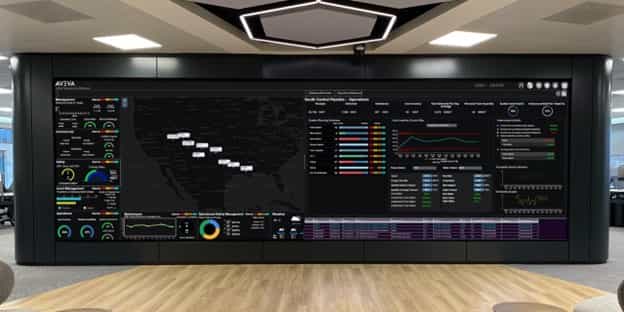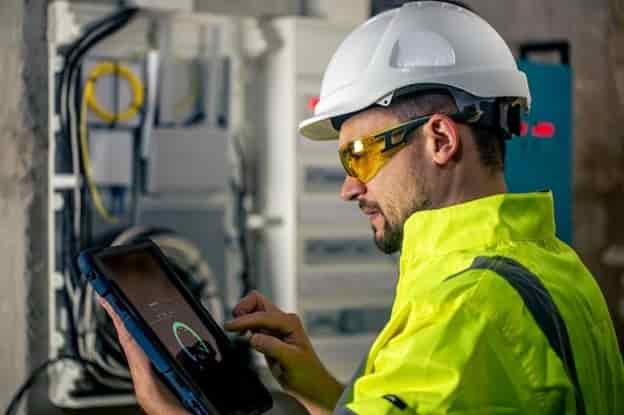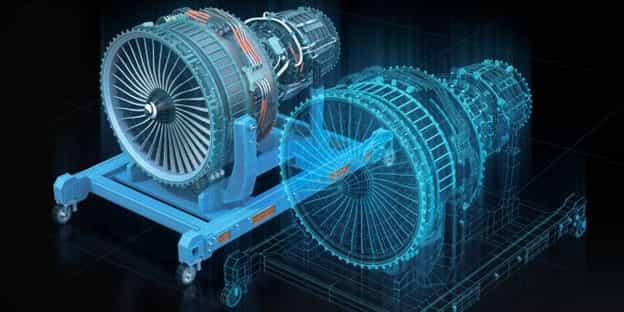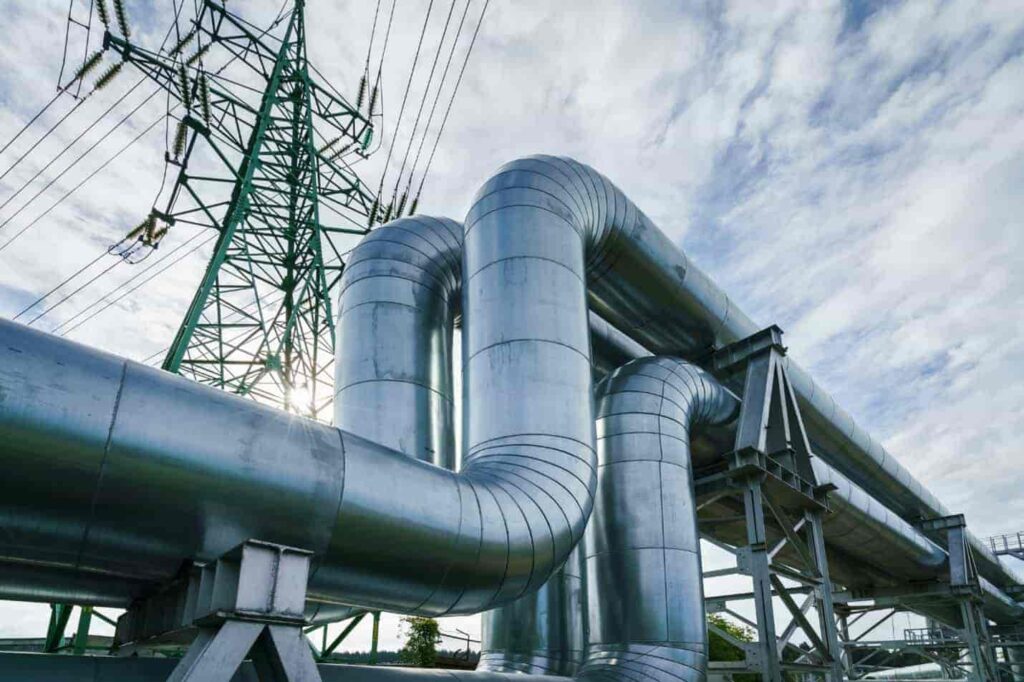Overview
Companies are finding new opportunities to address use cases in security and emissions management through evolving technology. No longer are historians simply used to provide situational awareness in the form of tag data tied to graphical overviews to represent plant operations. Historian vendors now strive to provide scalable analytical capabilities, empowered by digital models of the process. Software vendors have also added alerting, event detection, and simplified integration capabilities.
Improving Cybersecurity

In the last few years, there have been a few high-profile cybersecurity attacks on oil and gas companies. In the oil and gas industry, more so than many other industries, there is a lag in software adoption. Servers are old and neglected, and software is not updated regularly. Many firms also have poor cybersecurity hygiene and use shared passwords. When remote login is required, remote desktop through jump servers over the open Internet is still used in many instances to access data within control systems.
Organizations can leverage data historians to improve their cybersecurity posture. Data consumers no longer need to log into control systems to access data all the time. Centralized data access minimizes connections into the control system network. Technological innovations such as data diodes for one-way data transfers further provide opportunities to secure key OT assets.
Remote Monitoring and Operations
Upstream companies often need to visit to remote or inaccessible locations, including deep water sites. The cost and safety challenges around accessing these types of locations drives the need for remote monitoring of assets. Remote monitoring and operations also helps organizations move towards autonomous operations. Companies can reduce the number of on-site inspections by monitoring the assets in real-time and only sending maintenance teams when truly required.
Pipelines and gathering systems cover vast geographical areas. There are cost and safety challenges around accessing these types of locations. Organizations can leverage remote data access view and monitor operational metrics centrally. This reduces the cost of expensive and frequent trips out to site to collect data or inspect assets manually. Companies can also leverage surveillance technology such as drones in this area. For example, they can order preliminary visual inspection done to prepare repair teams more effectively prior to a visit. Integrated operations centers are being established at many areas to reduce manned workforces at remote locations.

When workers do need to go out to site, equipping them with connected mobile devices also helps. Devices that are connected to asset data and history make issue diagnosis and resolution much quicker. Augmented reality applications can also assist in remote support scenarios. Expensive integrations or tie-ins to legacy SCADA networks are no longer a requirement, as newer methods of integrating data are available. Through edge and IoT implementations, companies can now connect devices with other on-premises or cloud endpoints directly and securely.

Safety and Emissions Management
There is an environment of increased regulatory oversight and an increased awareness of environmental concerns. This is putting pressure on companies to minimize environmental impacts, reduce and accurately measure emissions, and ensure assets continue to stay in good health. The ability to capture high frequency data, associate it with individual assets, and perform calculations against it in a digital model is one way that companies are increasing the accuracy of reporting.

Through remote data access, companies can react more rapidly to abnormal conditions. In fact, through data science and first-principles analysis techniques, companies are starting to predict them as well. Firms can increase the accuracy of reporting and generally reduce emissions as well through these techniques.
Leak detection and pipeline integrity management are other examples of areas that can be improved with the availability of high-frequency, high-density data along with streaming analytical tools available today.

Organizations can promote a continuous improvement philosophy via data-centric management practices such as KPI management. Operations will pay attention to these metrics, especially when deviations between KPIs and targets are observed. Management will direct changes to ensure the metrics are brought to acceptable thresholds.
Technology is also helping improve physical safety and can augment existing safety and instrumentation systems. Using edge analytics, for example, companies have been able to analyze real-time camera-based data feeds and evaluate and track employee physical positions on the plant floor. This is then checked in near real-time against the position of moving equipment or high-risk areas and tied to alarms to help prevent accidents at the site. Data science techniques are implemented to assist with this verification.
Contact Us
Contact MetaFactor today to learn more about how you can leverage real-time data collection for your business, and how we can help. We are Calgary OSIsoft PI Experts and Calgary OSIsoft AF Experts.